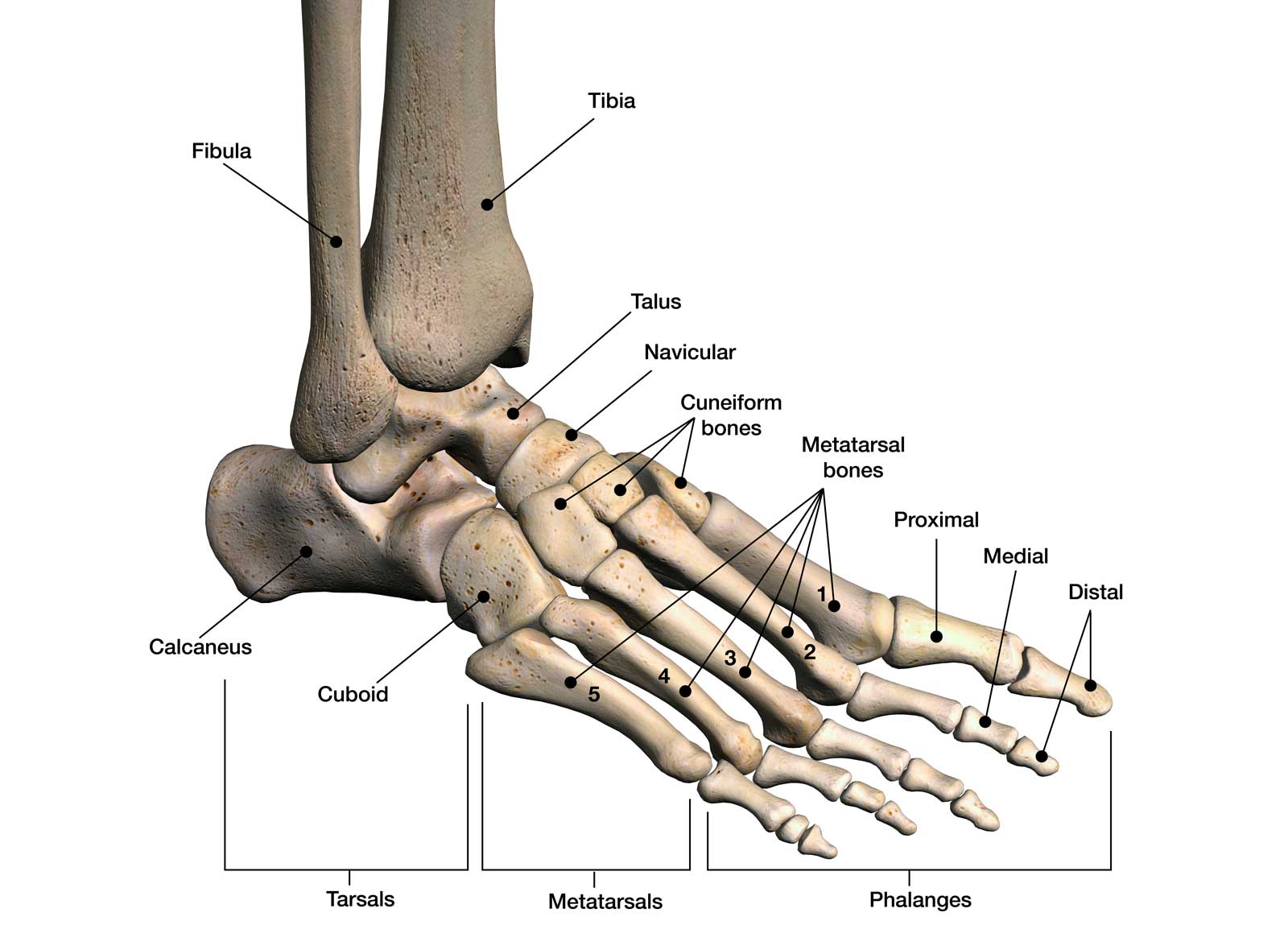What is an Ankle Fracture?
An ankle fracture is a break in one or more of the bones that make up the ankle joint. This joint consists of three bones: the tibia (shinbone), fibula (smaller bone of the lower leg), and talus (a small bone that sits between the heel bone and the tibia and fibula). Ankle fractures can range from tiny cracks in a single bone to severe breaks in multiple bones, often accompanied by ligament damage.

Causes and Risk Factors
Ankle fractures typically occur due to sudden, forceful injuries to the ankle. Common causes include rolling or twisting the ankle, falling from a height, impact during a car accident, and sports injuries, particularly in high-impact or contact sports.
Several factors may increase the likelihood of an ankle fracture. These include participating in high-risk sports or activities, walking or running on uneven surfaces, wearing improper footwear, and having weak bones due to conditions like osteoporosis.
Recognizing Symptoms
The symptoms of an ankle fracture can vary depending on the severity and location of the break. Common signs and symptoms include immediate and severe pain, swelling and bruising, difficulty or inability to bear weight on the affected foot, visible deformity (especially if the ankle is dislocated as well as fractured), tenderness to touch, and limited range of motion.
If you have injured your ankle, our orthopedic specialists will perform a physical examination and order diagnostic imaging to determine if the ankle is broken. X-rays are typically the first imaging test performed to visualize the bones and determine the extent of the fracture. In some cases, CT scans or MRI may be necessary for a more detailed view of the bones and surrounding soft tissues, especially if ligament damage is suspected.
Treatment Options
Treatment for ankle fractures depends on the type and severity of the fracture, as well as the patient's overall health and activity level. Our goal is to realign the bones and allow them to heal in the correct position, restoring function and stability to the ankle.
Non-Surgical Treatment:
For stable fractures where the bones are not out of place, immobilization with a cast or boot to protect the ankle while it heals is typically the preferred treatment option. Restricted weight-bearing (often with the use of crutches or a walker), pain management with over-the-counter or prescribed medications, and elevation and ice to reduce swelling may also be prescribed.
Surgical Treatment:
Surgery may be necessary for unstable fractures or those where the bones are out of alignment. Surgical options include internal fixation, which uses screws, plates, or rods to hold the bones in place, and external fixation, which involves placing pins in the bones and connecting them to an external stabilizing frame (usually for severe fractures).
Recovery and Rehabilitation
Recovery from an ankle fracture can take several months, depending on the severity of the injury and the treatment method. The recovery process typically involves initial rest and protection of the ankle, gradual increase in weight-bearing as directed by your doctor, physical therapy to restore strength, flexibility, and range of motion, and progressive return to normal activities. Our team will provide a personalized rehabilitation plan to ensure optimal healing and help you regain full function of your ankle.
When to See a Doctor for a Broken Ankle
If you suspect you have an ankle fracture, it's important to seek medical attention promptly, as delaying treatment can lead to improper healing and long-term complications. Seek immediate care if you experience severe pain or swelling in the ankle, visible deformity of the ankle, inability to bear weight on the affected foot, or numbness or coldness in the foot.
